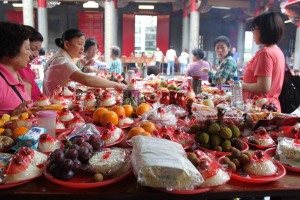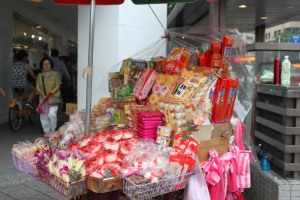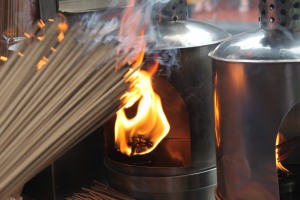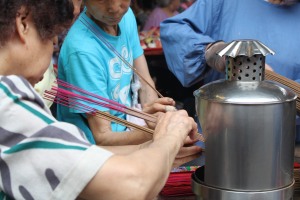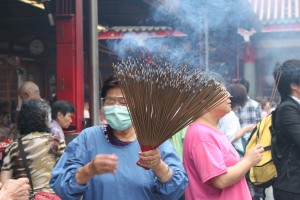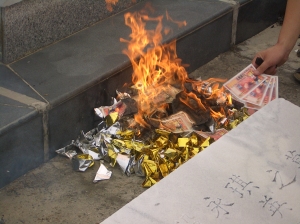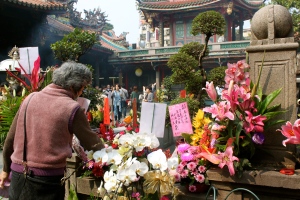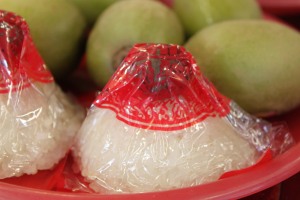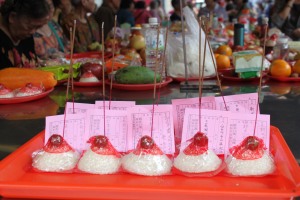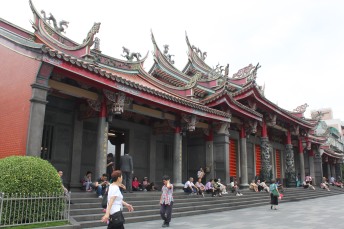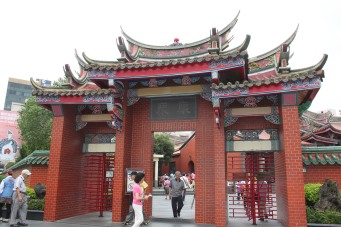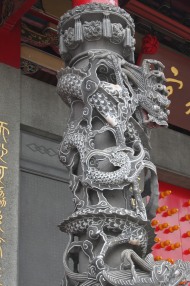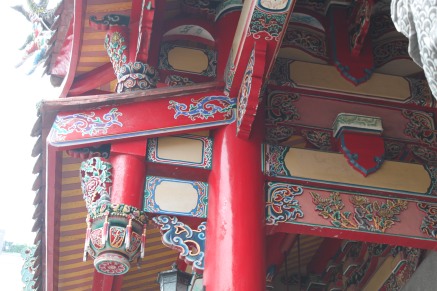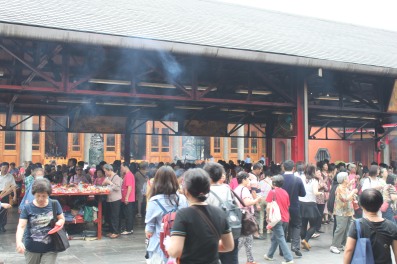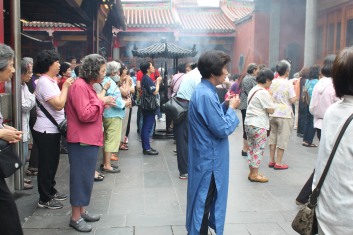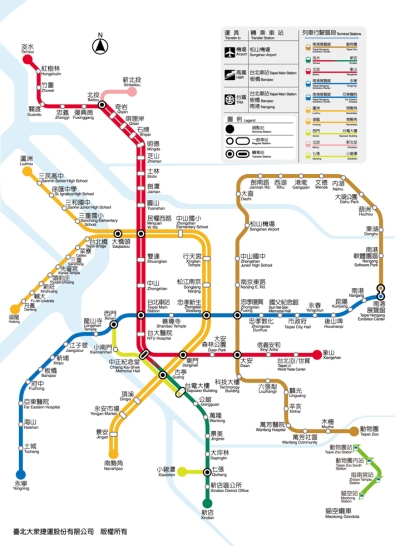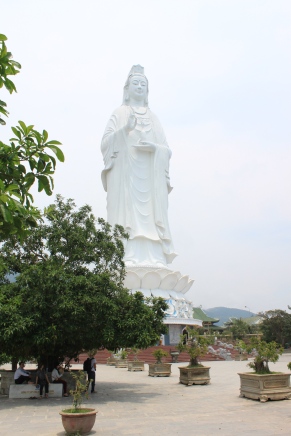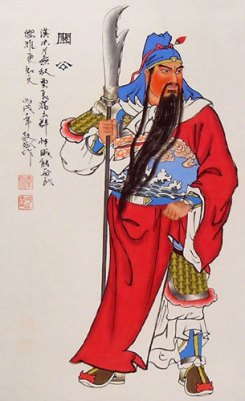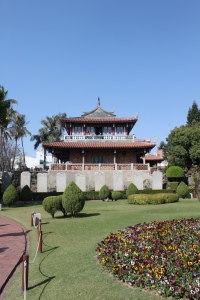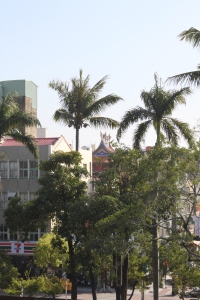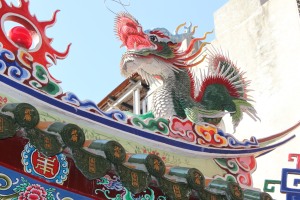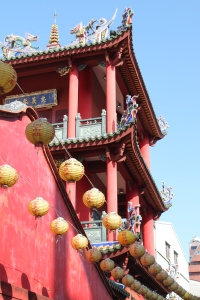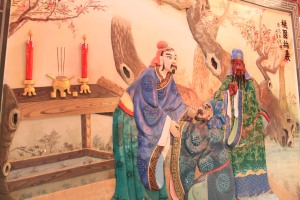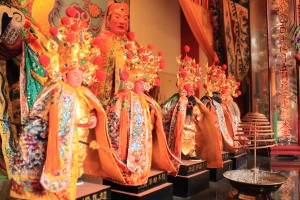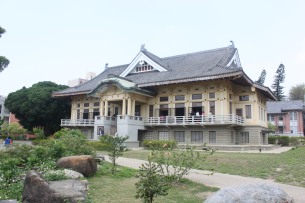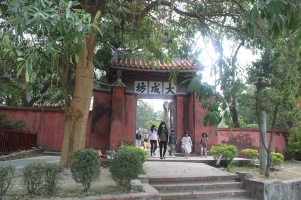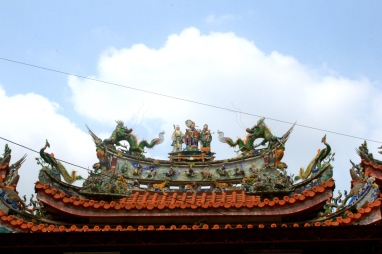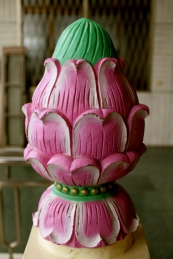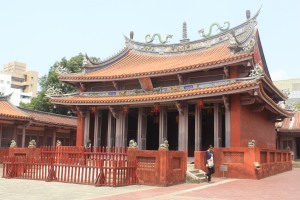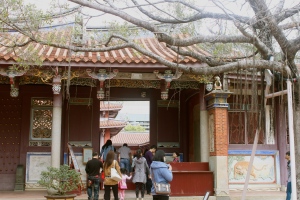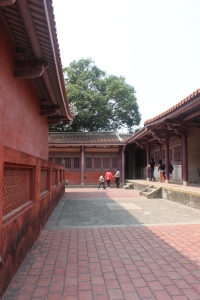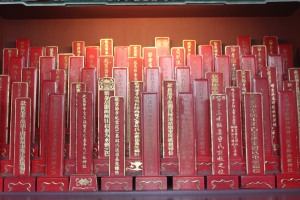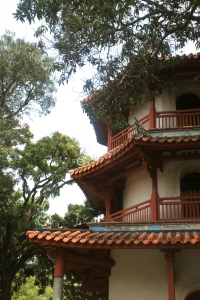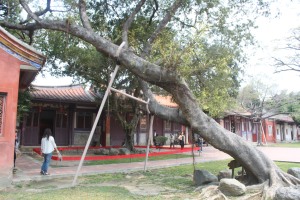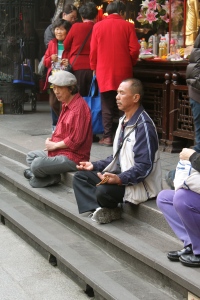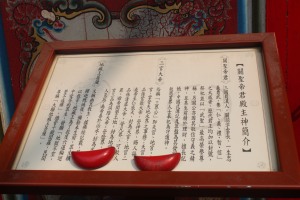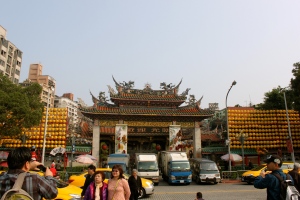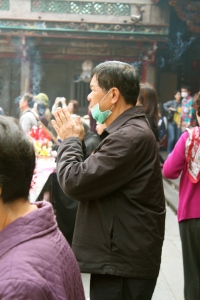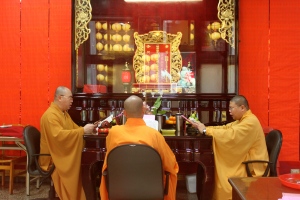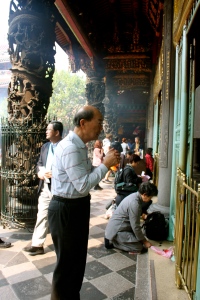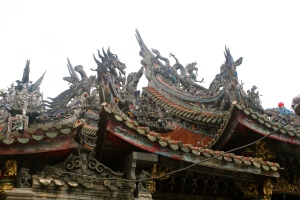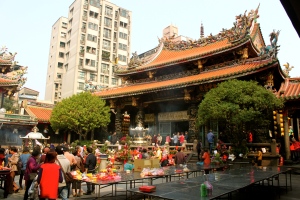As soon as you start getting close to the entrance of any temple or shrine in Taiwan, you can usually find a few stalls on either side of the road selling incense/joss sticks, flowers and small food items or tea. People will often buy these if they have not had time to go home and collect offerings before heading to pray at the temple. On the left or right side as you walk through the entrance of any Taoist temple, you can always find someone selling incense and spirit money too.
I understood that it was normal practise to leave an offering of food, tea or flowers and to burn incense and/or spirit money before praying in Taoist temples. However, I did not know if individual items had particular meanings or worked in different ways and so I decided to investigate – this was especially sparked by the surprise I got when I found out it was acceptable to leave boxes of Oreo cookies as an offering on the temple altar!
Through hours of various internet searches, reading a couple of books on Taoism and asking my Taiwanese room mates badly worded Google translated questions, I found out that:
Joss Sticks
Incense is burned as a greeting to the spirits and the smoke represents a connection formed with the spirits during prayer. It is believed that the smoke reaches the heavens and forms a connection with the deity/spirit though which messages can be delivered and communication is formed.
Hell Money
Hell money or also known as spirit money is burned during the worship of ancestors/deceased relatives. The money often has the characters for Diyu or Difu meaning underworld prison or underworld court printed on it. Although this seems quite dark, it more represents the ‘other side’ or ‘spirit realm’ as opposed to all spirits living in a hell. The rice or bamboo paper fake money is burned to 1) ensure that the spirit you are sending it to has enough money in the spirit realm to live a comfortable existence 2) it is burned as an offering to the deities as payment on behalf of the deceased relative. Almost like clearing out a debt and showing respect so that they will continue to watch over.
Flowers
All around the world in many different cultures and religions flowers are given as offerings and presented in ceremonies such as funerals. Different types of flowers and colours have different meanings depending on the religion and where in the world you are.
The most common flower you will see as offerings in temples around Taiwan is the orchid flower. Deeply embedded in Chinese culture, it is native to Asia and is beloved by many for its unique symmetry which gives it the reputation of perfect beauty. Often they will just be used in an arrangement because they are generally seen as a beautiful gift. However, there are some specific reasons as to why you would offer an orchid such as:
– due to their shape which resembles testicles, the orchid represents fertility and is used by people who are trying to get pregnant and by people praying for the safety of someone with child.
– orchids represent thoughtfullness and are given as gifts between close friends. People may offer orchids when praying for those close that are now deceased.
Orchids also represent prosperity, innocence and good luck.
Food and Tea
There are two main uses for what I call ‘edible offerings’. You can find food and drinks left as offerings in both temples and smaller shrines which may be found in the family home or on the side of the road. They are often left as thanks for the time spent giving guidance during prayer and protecting ones self and family in daily life. The spirits/deities/gods recieve the offerings as payment and a sign of respect. The other use for edible offerings, I personally find incredible sweet. Taoists believe that death is not the end and that a person may leave their physical body but continues living their life as a spirit to finish what was left unfinished. And so, when a family member dies, they have not truly gone, they are still counted as family and treated like a living being. Similarly to the concept of burning spirit money, the offerings are to ensure that the spirits are not hungry or thirsty in their spirit life and that they are nourished and looked after so that they can enjoy their new journey. This is why food is such a common sight in temples and shrines and I now think that the Oreos and other things which may be deemed ‘strange’ are actually okay if they were a passed away relatives favourite snack.

